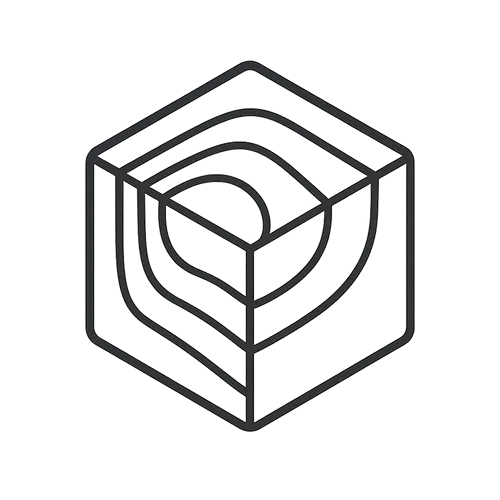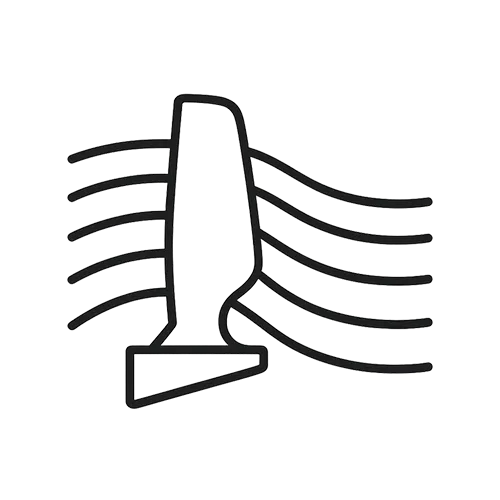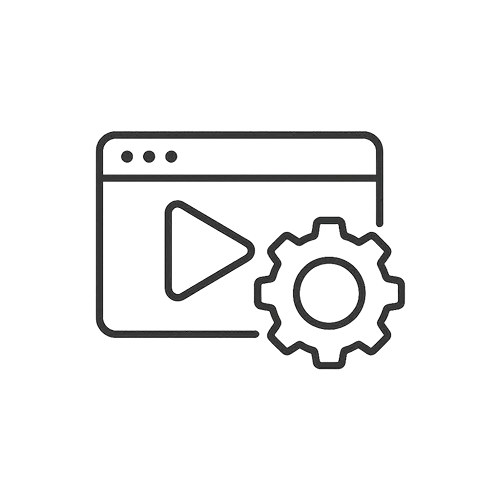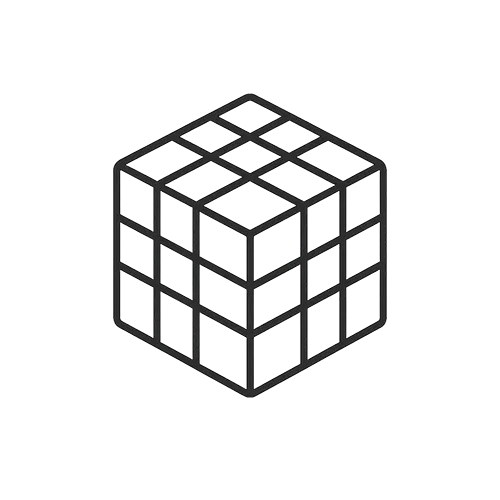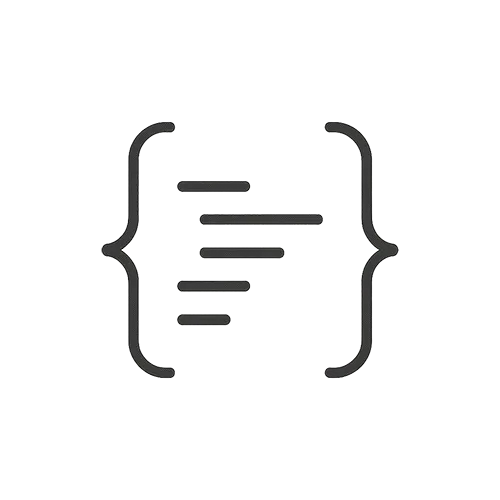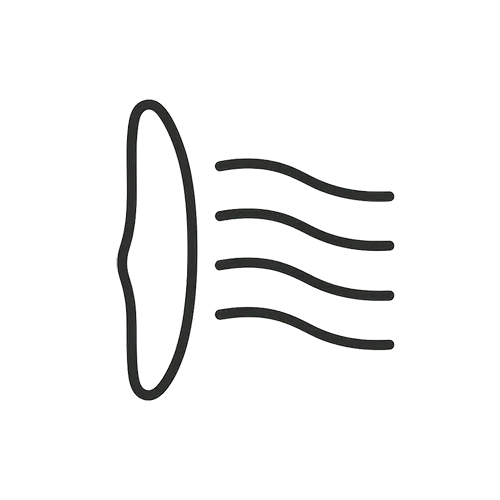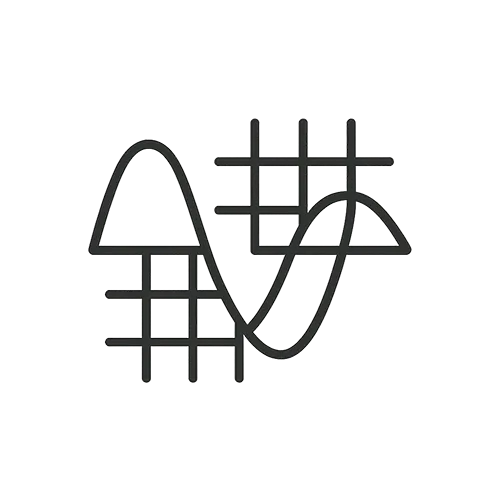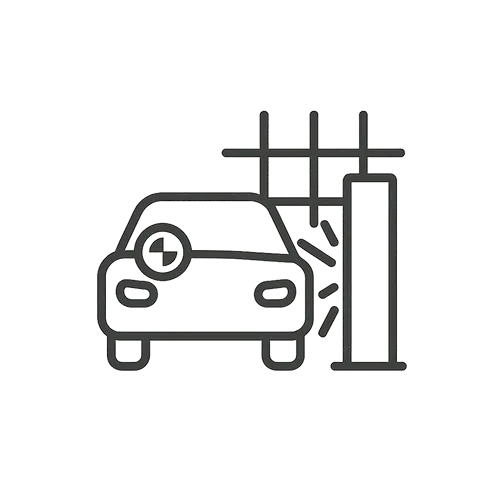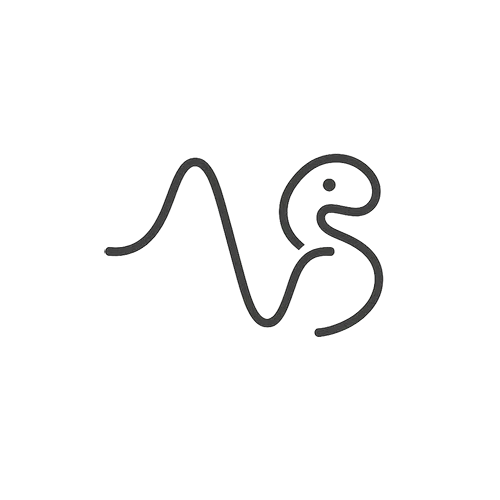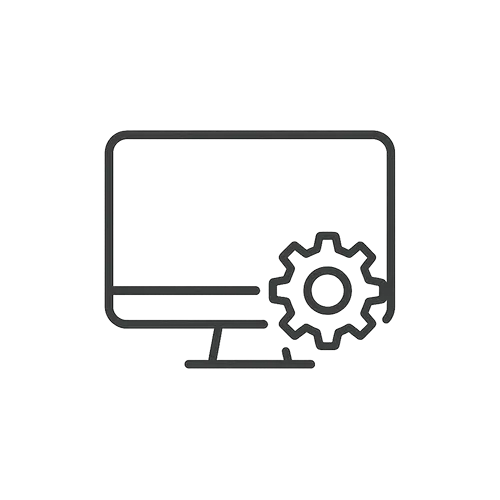Contact non-convergence is a common challenge in ANSYS when using nonlinear contacts (frictional, rough, etc.). Here are several best practices: (1) Improve initial contact conditions. ensure that parts that should be touching are either initially slightly in contact or use the “Adjust to Touch” option (in the Contact Details under Interface Treatment) to close small gaps at the start. If parts start separated when they should be touching, the solver may have difficulty because a small rigid motion occurs before contact, causing divergence. (2) Use smaller load increments (substeps) – increasing the number of substeps allows the solver to resolve contact status changes gradually rather than all at once. ANSYS will cut back steps automatically on difficulties, but you can set a tighter initial step size or max step length to guide it. (3) Reduce contact stiffness – the default contact stiffness might be too high, causing oscillations (“chattering”). Using the Augmented Lagrange formulation with a lower stiffness factor or enabling Normal Stiffness Reduction can help stability at a slight cost to penetration accuracy. Also, consider enabling the Unsymmetric solver option for frictional contacts, as it can better handle the asymmetric stiffness matrix that friction introduces. (4) Mesh alignment and refinement – ensure the contacting surfaces have a sufficiently fine mesh and, if possible, aligned or matching nodes. Poor mesh resolution or mismatched meshes can cause convergence trouble; refining the mesh in contact areas often improves solution stability. (5) Diagnostic tools – use ANSYS’s Contact Tool (under Connections > Contact Tool) to inspect initial contact status (it will show gaps or penetrations). If a contact region isn’t engaged initially, techniques like weak springs (to stabilize free bodies), or temporarily applying a slight interference fit, can help. In summary, tackling contact convergence is about making it easier for the solver to transition from “open” to “closed” contact: ensure proper initial contact, take smaller solution steps, soften the contact interaction if needed, and refine the mesh for accuracy. These adjustments, combined with examining solver output (force convergence graphs, penetration values), typically resolve most contact convergence issues.
What are some ways to fix or improve contact convergence problems in ANSYS Mechanical?
0
Engineering Downloads
0 Subscribers
Submit Answer
0 Answers
